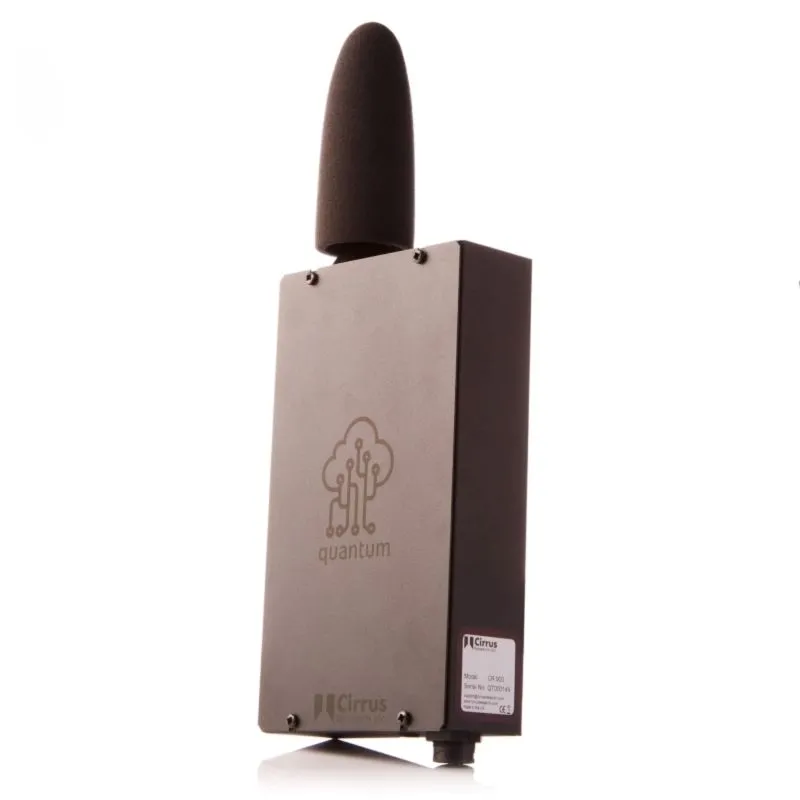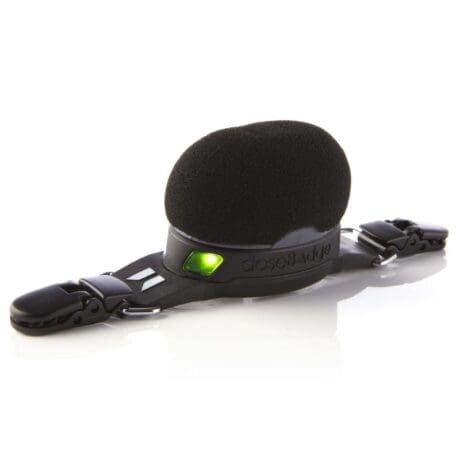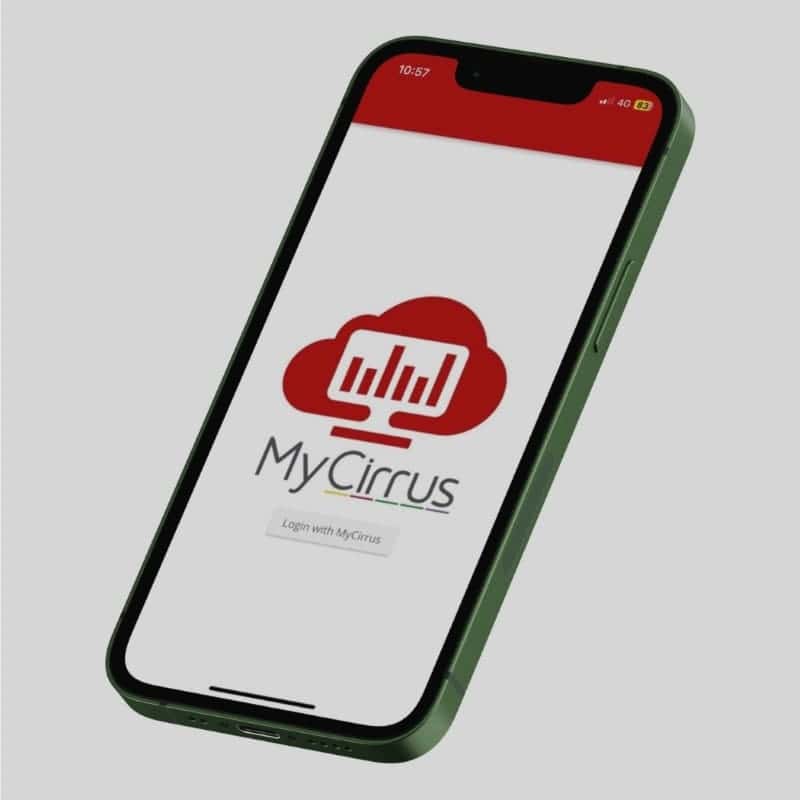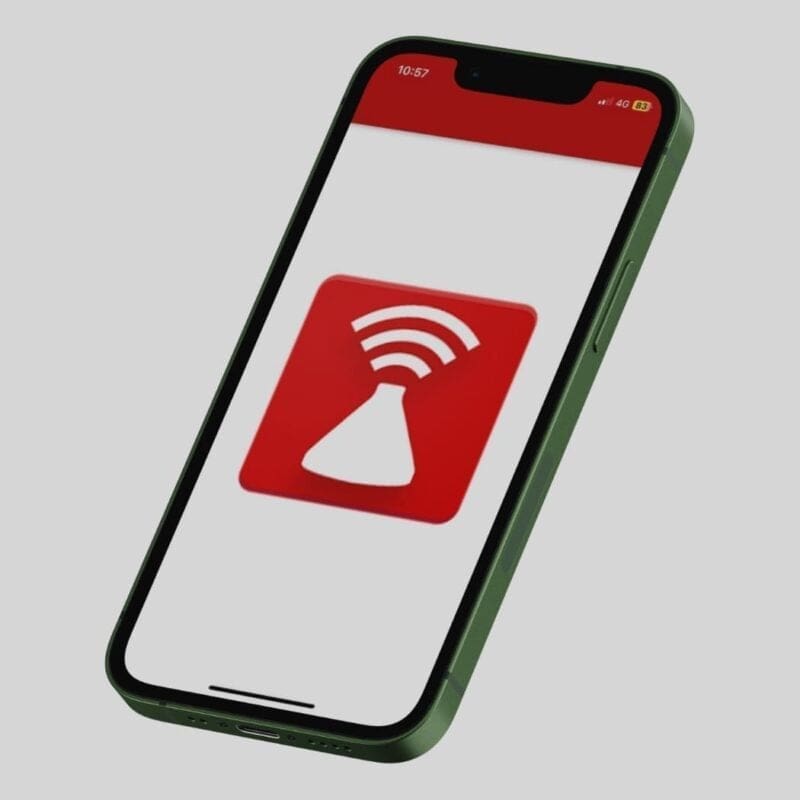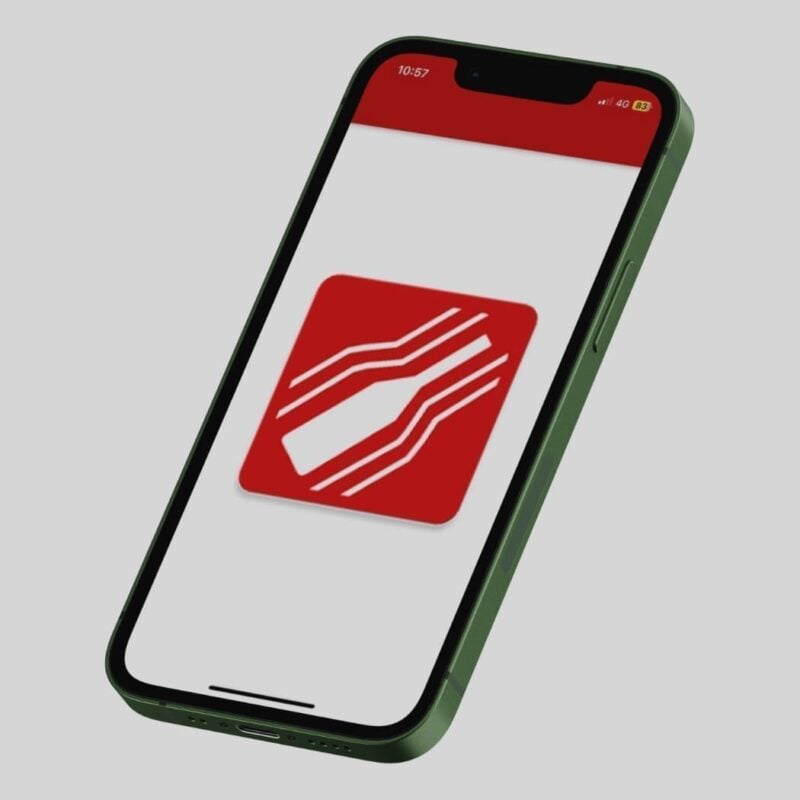NoiseTools Noise Analysis Software
NoiseTools is our licence-free noise analysis software, supplied as standard with our sound level meters, noise dosimeters, and noise measurement kits, to help you manage and control noise levels in your workplace or in the environment. NoiseTools 1.7 (and upwards) is compatible with Windows 7, 8, 8.1, 10 (32 bit & 64 bit) and 11. macOS, Linux or other operating systems are not supported. For details of the minimum, recommended and ideal PC specifications for NoiseTools 1.8.9, click here.
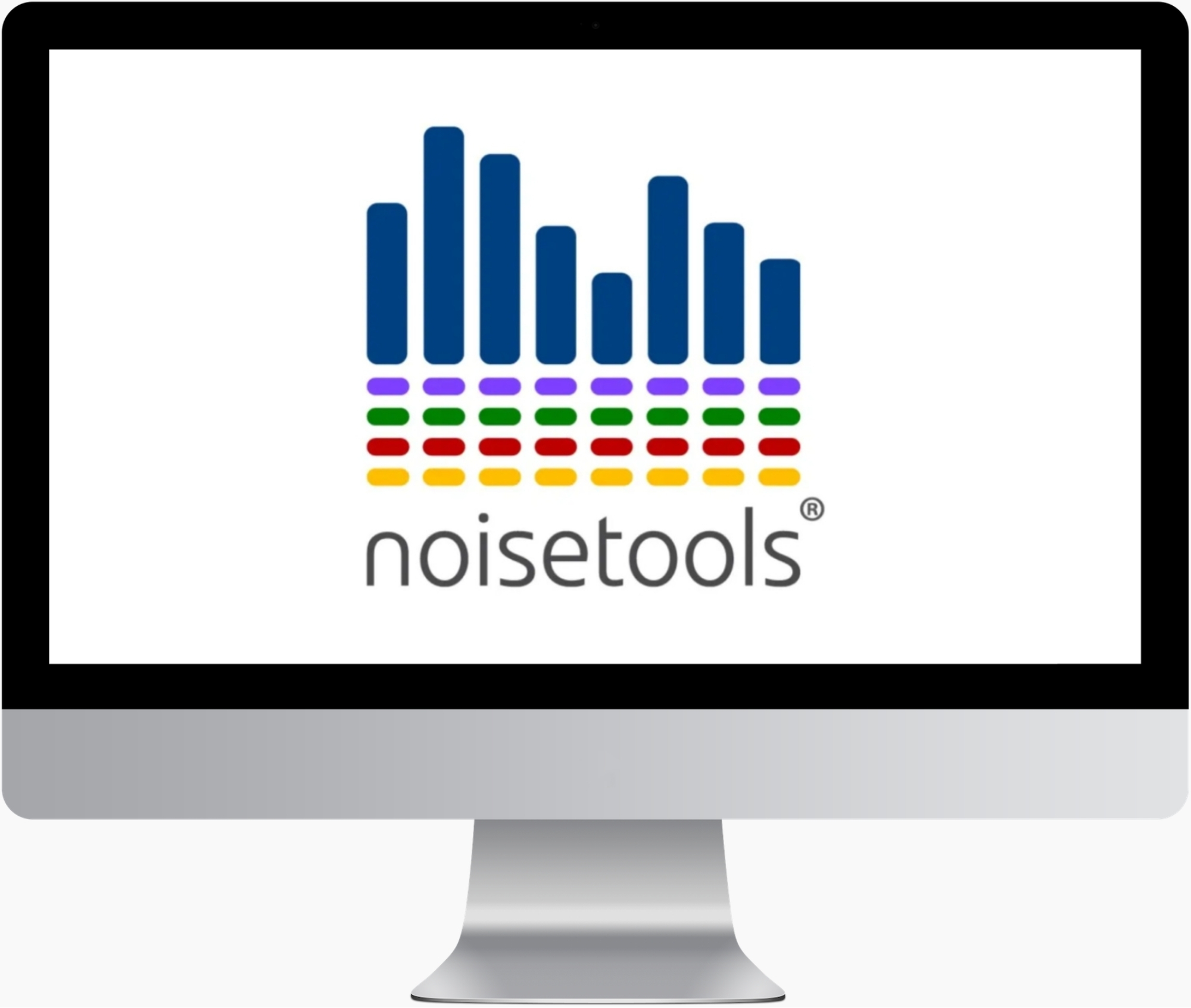
Download, Analysis & Reporting Software For Cirrus Research Equipment
NoiseTools software lets you quickly download, analyze, and report noise data from our Optimus, doseBadge, and Trojan devices.
For many users, the most challenging part of a noise survey is the reporting and analysis of the results and so having a simple way to view, analyse and print the information is essential.
NoiseTools gives you a range of tools to report and analyse your noise data quickly and easily.
As with all Cirrus Sound Level Meter and doseBadge software, NoiseTools is supplied free from any licensing restrictions and can be installed on as many PC’s as is needed without the need to purchases any additional licences, seats or keys.
Updates can be downloaded free of charge from the Cirrus website. Where access rights permit, NoiseTools can automatically download and installed updates when they become available.
Detailed installation information and guidance is available to help in the installation process.
If NoiseTools is to be used in a networked environmnet or where data is to be shared between multiple users, NoiseTools can be setup to support these requirements.
The initial summary screen shows you the most commonly used information and, through simple icons, gives you access to the detailed measurement data.
You can simply print the summary screen to get a quick measurement report, adding notes and other information about the measurement as needed.
The software will detect the instrument type used to make the measurement and display the appropriate measurement parameters.
Custom summary screens can be created to suit any specific needs with this information reflected onto the Quick Reports.
For advanced users, each and every function measured by the instrument is available for review and analysis and the data can be exported for further use.
Wherever a graph or table is shown, NoiseTools allows the information to be exported in range of formats for use in other programs.
When you’ve completed your measurements, retrieving the data into the NoiseTools software is the next step.
NoiseTools gives you range of options when it comes to downloading data and you can choose to download a selection of measurements or the entire measurement list. Simply select the measurements required and click download.
At the point of download, it’s possible to tag measurements against a person, a place or a project (or all three if needed) with this information being added to the measurement data ready for viewing and analysis.
Where an instrument is connected remotely (using a modem for example), the download of the time history data will increase the time required to retrieve the measurement and so NoiseTools gives the option to enable or disable the time history and audio download. This information can be retrieved later when the instrument is connected via USB.
Measurements can also be grouped together to allow for a tablular view to be created, a feature that can be very useful if a large number of measurements are being retrieved.
NoiseTools also allows the instrument configuration to be adjusted to meet new measurement requirements and allows configurations to be transferred between instruments, a feature that is particularly useful when working with the doseBadge5.
NoiseTools has a range of built-in reports that can be accessed from the Reports tab or through the Quick Report function.
Quick reports can be accessed from the overall measurement summary screen and include all of the data shown by that specific summary view.
Within the individual analysis sections of NoiseTools, such as the Time History or Hearing Protection tab, specific reports are available that use the displayed data in place of the summary measurement data.
Measurement reports, once created, can be printed, saved or exported in range of formats including PDF, Word or Excel allowing the information to be used in other reports or software packages.
Multiple reports can be easily combined into a single report and a cover page added with the same print, save or export options available.
NoiseTools has a range of import and export functions that allow data to be shared with other NoiseTools users. Individual or groups of reports can be exported as a single MTP package which can then be imported back into another NoiseTools installation.
Wherever a graph or table is shown, NoiseTools allows the information to be exported in range of formats for use in other programs.
Listening to recordings and analysing data is a key part of noise nuisance management and something that traditionally has taken a lot of time. NoiseTools makes this simple with a range of audio playback and analysis tools.
Listen to VoiceTags
VoiceTags are audio notes that can be stored by data logging versions of the Optimus sound level meters, such as the CR:162C, at the start of a measurement. This allows you to talk into the microphone and record notes about the measurement such as the location, noise source or weather conditions.
VoiceTags are downloaded with the measurement data and can be have can be played back through the NoiseTools software, allowing you to transcripe the notes into the Notes field for that measurement.
Automatically convert VoiceTag notes into text
New in NoiseTools v1.8 is a feature that allows the software to take a VoiceTag and using cloud-based speech recognition techology, convert the recordings into text and store them automatically into the notes field.
Calibrated audio playback
Audio recoridngs made with the Optimus Environmental sound level meters and Trojan noise nuisance recorders can be played back through NoiseTools, allowing you to listen to the noise that was being measured.
NoiseTools allows the level of audio playback to be calibrated using an Optimus or Trojan sound level meter. This can be useful when there is a need to present evidence of noise nuisance or to demonstrate the actual noise levels that were recorded.
A simple step-by-step process adjusts the playback level and measures the level using the sound level meter so that the audio volume matches that of the measured noise levels.
NoiseTools provides a range of analysis tools where you need to dig deeper into the measurement data. Advanced Analysis tools include:
AuditStore is a technology that is unique to the Cirrus Optimus sound level meters (and variants such as the Trojan Noise Nuisance Recorder) that helps you to verify that the noise measurement data the you present is trustworthy.
It allows you to check that the information presented by the NoiseTools software, and subsequently on any report that NoiseTools produces, is the same data that was originally stored in the instrument.
This allows you to present data with confidence and to have the facility to verify that the measurement data has not been modified or adjusted.
With the software that is available on modern PC’s, it is possible to manipulate data or create what appears to be a noise measurement report with data that has been changed.
The AuditStore function allows you to verify your measurements and to state that the information being presented is true and has not been adjusted in any way.
When you are presented with noise measurement data as a printout or a PDF, can you be sure that the information shown is the same as that which was originally measured by the sound level meter?
If you are challenged about the integrity of the presented data, you can go back to the AuditStore and use this to confirm that the data presented is as originally stored in the instrument.
Made More Powerful with Analysis Modules
NoiseTools has been designed so that the functionality can be extended and enhanced using Extension Modules.
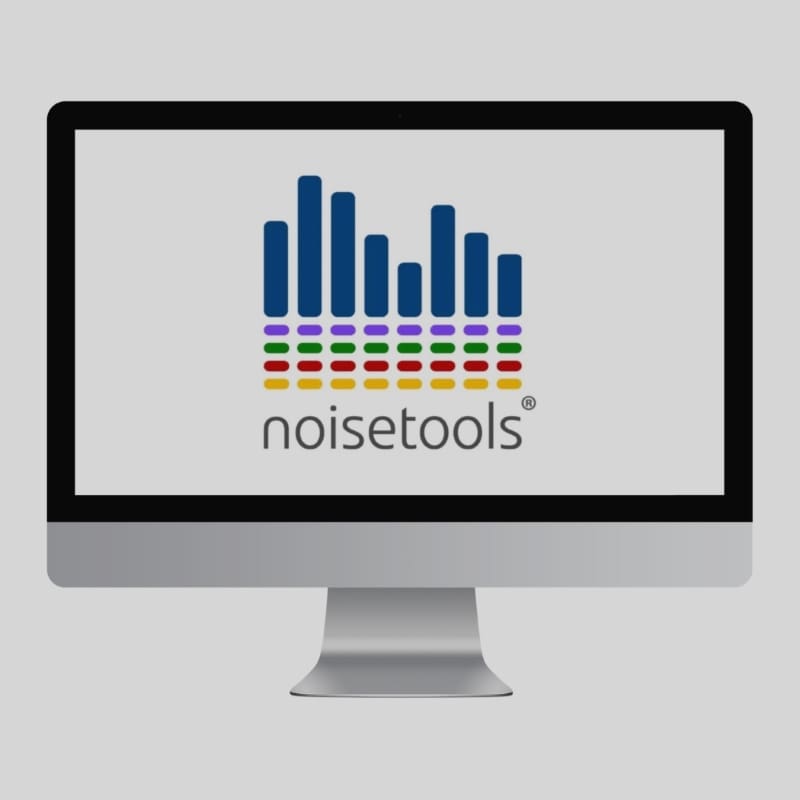


MyCirrus Cloud Platform
From checking live data and reporting on historical measurements to accessing digital calibration certificates and managing user access, MyCirrus provides a comprehensive solution to remote noise monitoring for any industry and application.
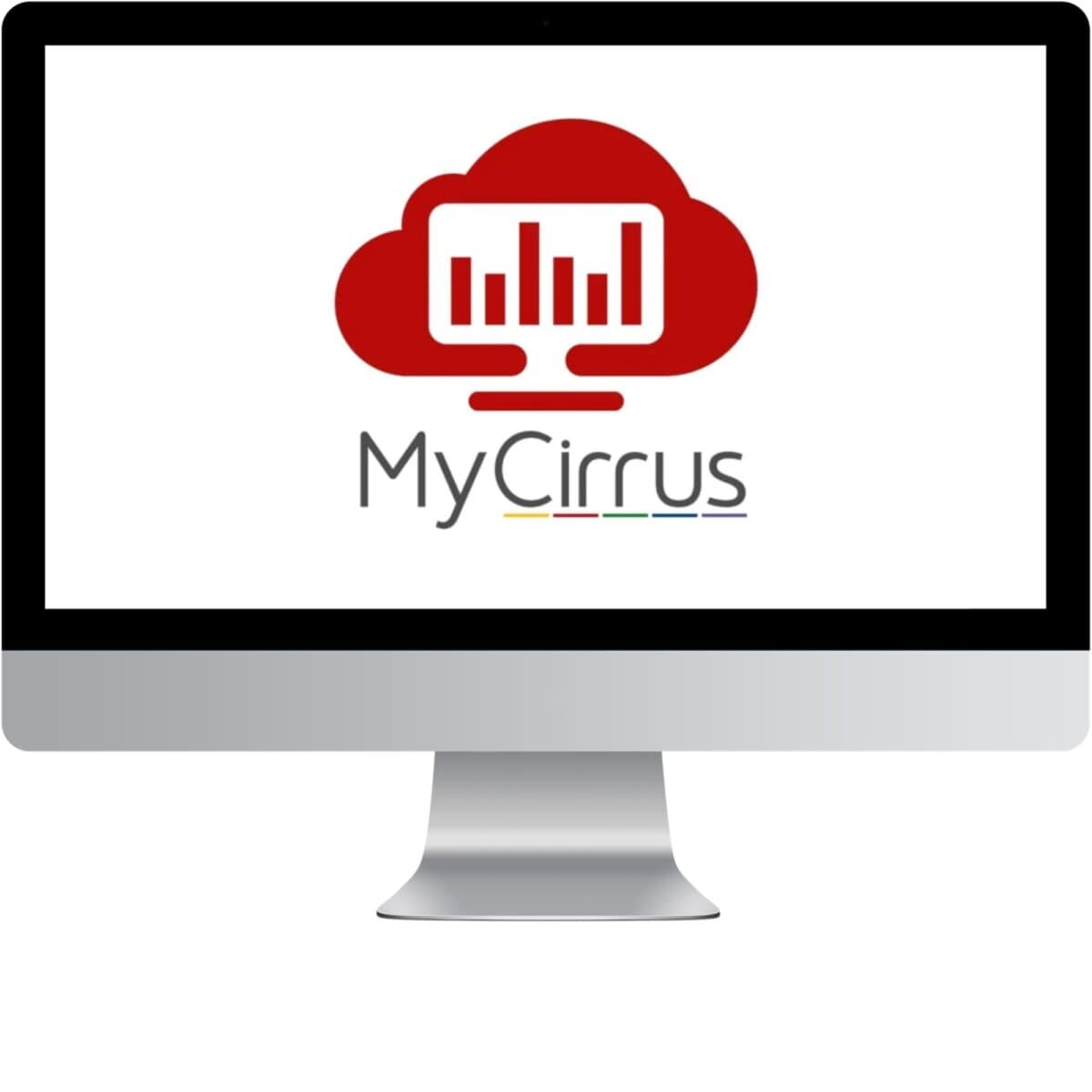
SoundSign Software
With the SoundSign Software you can programme the data logger to start recording at specific times, intervals and at different trigger levels. When you’ve finished, simply plug the data logger into your PC to download and view your measurement data.
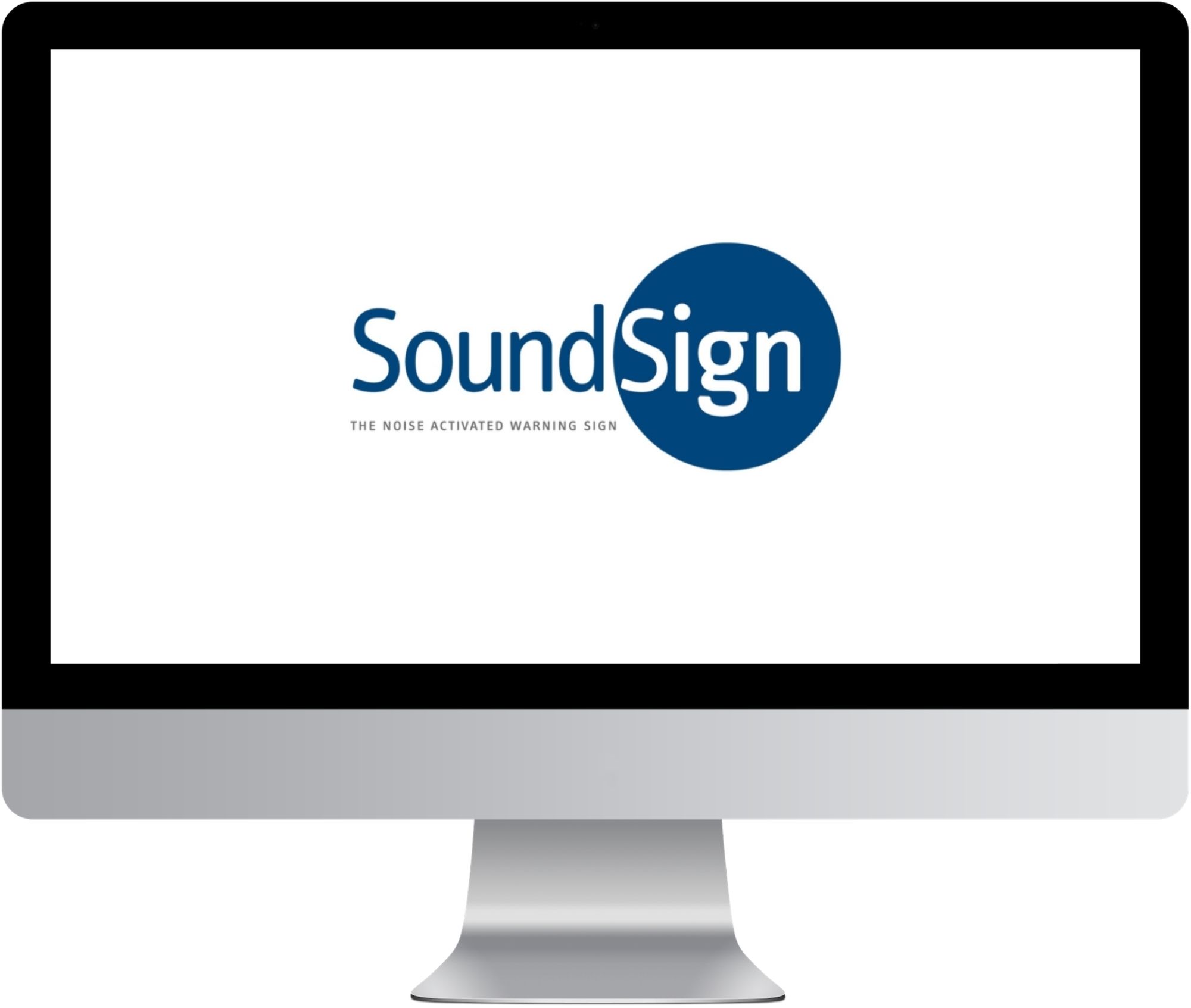
Revo Software
Import the data from your Revo Vibration Meter for the easy calculation of Daily Vibration Exposure A(8) for hand-arm and whole-body vibration.
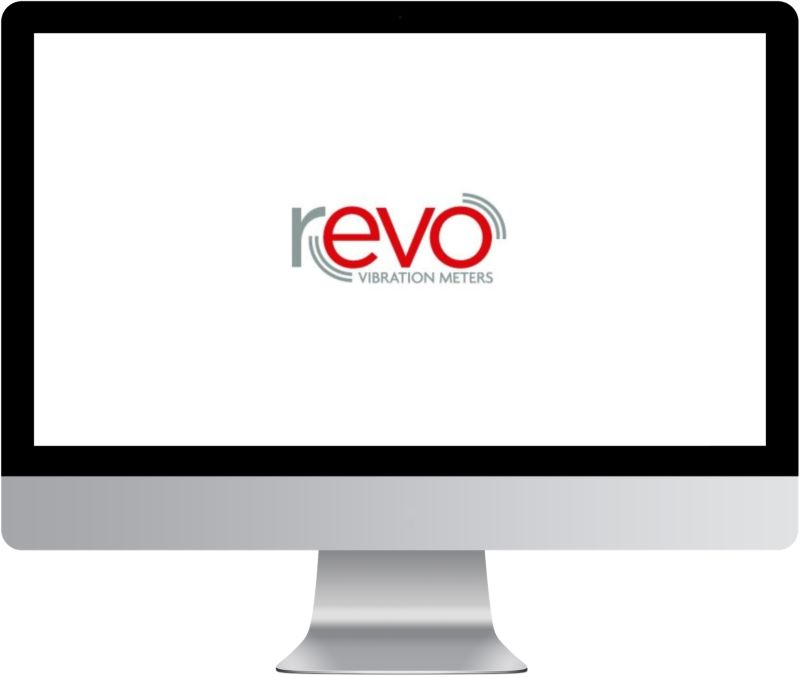
doseBadge Reader USB Driver. For use with doseBadge Readers.
CR800C USB Driver. For use with CR:800C Sound Level Meters.
dBLink Software. For use with doseBadge Readers.
NoiseHub2 Software. For use with Invictus Noise Monitor.
DeafDefier Software. For use with CR:800 and CR:260 range Sound Level Meters.
700Setup Software. For use with CR:700B Sound Level Meters.
Powerful Apps for Powerful Products
Get the most out of your equipment using our range of free mobile apps which are compatible with the following Cirrus products.
